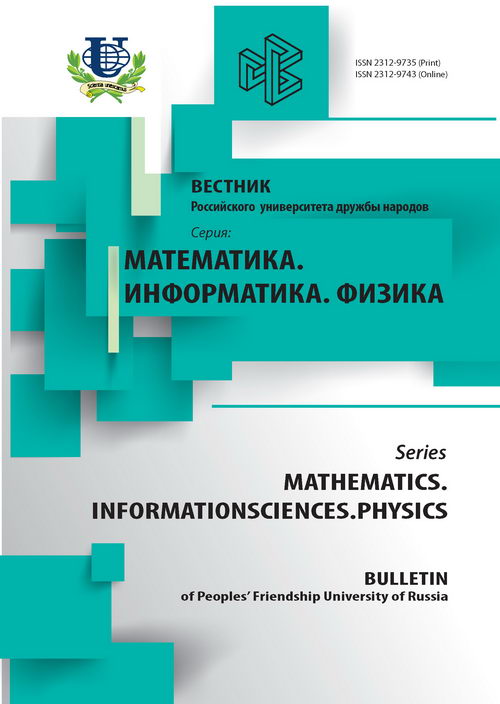Fundamental Principles of Theoretical Physics and Concepts of Quasiaverages, Quantum Protectorate and Emergence
- Authors: Kuzemsky AL1
-
Affiliations:
- Joint Institute for Nuclear Research
- Issue: No 1 (2013)
- Pages: 229-244
- Section: Articles
- URL: https://journals.rudn.ru/miph/article/view/8335
- ID: 8335
Cite item
Full Text
Abstract
In the present paper we discuss the interrelation of the advanced interdisciplinary concepts of modern physics such as symmetry breaking, quantum protectorate, emergence and the Bogoliubov’s concept of quasiaverages in the context of modern theoretical physics, and, in particular, quantum and statistical physics. The main aim of this analysis was to demonstrate the connection and interrelation of these conceptual advances of the many-particle physics and to try to show explicitly that those concepts, though different in details, have certain common features. Some problems in the field of statistical physics of complex materials and systems e.g. foundation of the microscopic theory of magnetism and superconductivity were pointed in relation to these ideas. The main suggestion is that the emphasis of symmetry breaking concept is on the symmetry itself, whereas the method of quasiaverages emphasizes the degeneracy of a system. The concept of quantum protectorate reveals essential difference in the behavior of the complex many-body systems at the low-energy and high-energy scales. Thus the notion of quantum protectorate might provide distinctive signatures and good criteria for a hierarchy of energy scales and the appropriate emergent behavior.
About the authors
A L Kuzemsky
Joint Institute for Nuclear Research
Email: kuzemsky@theor.jinr.ru
Bogoliubov Laboratory of Theoretical Physics
References
Supplementary files















